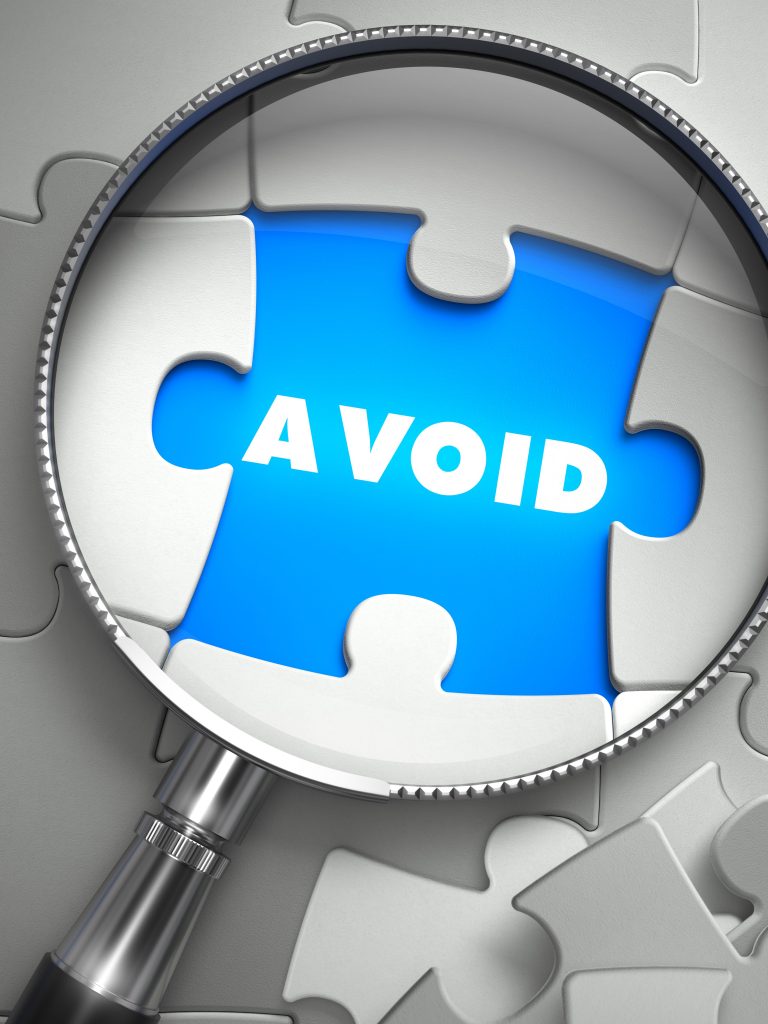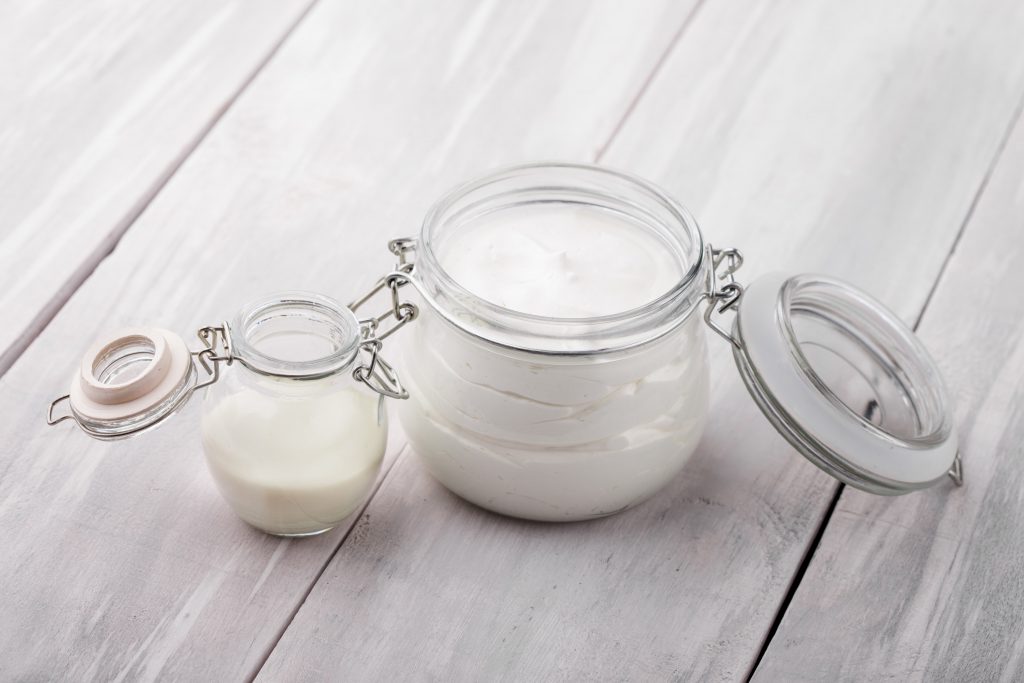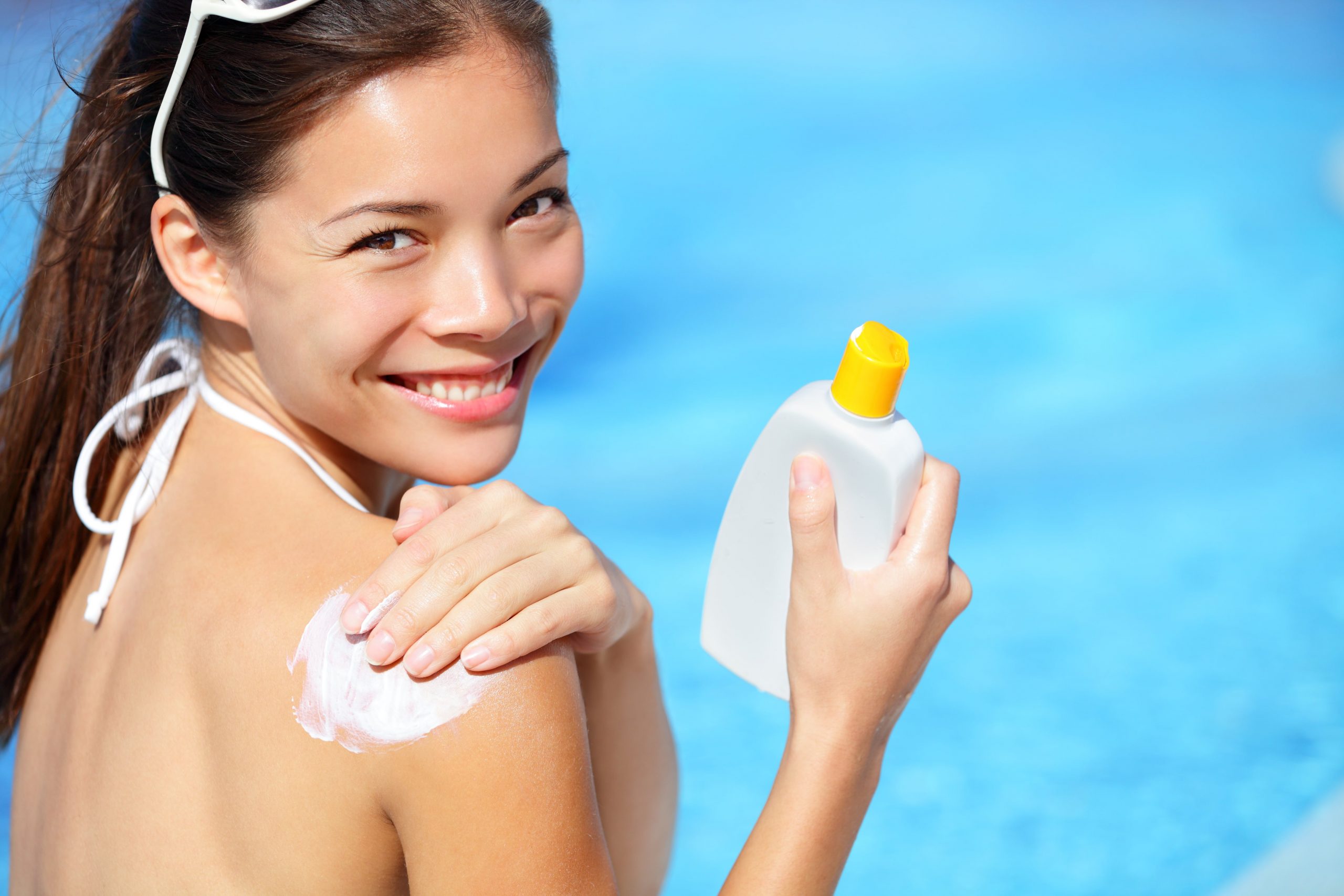This article will help you to determine which natural sunscreens are both safe AND effective but also what you NEED to avoid. I even include a natural DIY sunscreen that even helps to repel insects!
With the summer upon us, many of us are eager to soak up lots of sunshine. The sun is great for boosting mood and immunity but in excessive amounts the UV rays can also cause skin damage and an increased risk for skin cancer. This is why most of us know to reach for a sunscreen before heading out into the sun.
Unfortunately, many of these products that protect us from the sun’s UV rays, also get absorbed into our bodies and disrupt our hormones. Hormone disruption can cause issues with:
- Mood regulation
- Sleep quality
- Energy
- Fertility
Things we definitely want to avoid just as much as the skin damage we risk from the sun. This has led to an increase in the production of “natural” sunscreens as a safer alternative. This is great, however you must be cautious of clever marketing and false claims.

Look For The Active Ingredients
The first step in picking safer sunscreen is knowing the ingredients to avoid. These are the main chemicals we find in sunscreen that we know cause hormone disruption:
1. Oxybenzone
2. Octinoxate/Octyl methoxycinnamate
We also need to cover the natural products that claim to have sun protecting factors (SPF) but don’t have enough research to back them up.
I would recommend avoiding these if they are the ONLY active ingredient:
- Carrot seed oil
- Red raspberry seed oil
They are not harmful so you don’t need to avoid them but they cannot be relied on as your sole sun protection.
Safer & Effective Active Ingredients
The best alternative active ingredients are mineral sunscreens which do not get absorbed. These ingredients are:
1. Zinc Oxide
2. Titanium Dioxide
These both have proven broad spectrum UV protection and have not been shown to interfere with our hormones.
There are also some natural products that do have evidence to support their sun protecting factors (SPF). The following natural ingredients all have around 5 SPF:
- Coconut oil
- Almond oil
- Lavender oil
- Peppermint oil
These are all great additions to your sunscreen but should not be relied on solely as they do not provide enough protection.

How Much SPF Do You Need?
SPF stands for sun protecting factor and it is a measure of how much it blocks UVB rays. The higher the number, the more protection it provides. However, the numbers are not equivalent to the amount of protection. For example, SPF 30 does not provide double the amount of protection as SPF 15.
SPF 15 blocks out 93% of UVB rays, while SPF 30 blocks out 97%. SPF 50 then blocks out 98%. This means there really isn’t a significant benefit to getting sunscreen above SPF 50.
SPF also has nothing to do with the length of time spent in the sun but rather with the intensity of the sun. If you are out in the sun when UV rays are higher (i.e. mid-day), you need to limit your sun exposure in addition to applying sunscreen, instead of simply trying to apply higher SPF sunscreen.
Click here to read everything you need to know before having Fun in the Sun.

Try Making Your Own Sun Screen
If you love DIY best for your natural products, you can also make your own sunscreen at home. I’ve adapted this recipe from Wellness Mama and added essential oils to provide some protection against insects as well.
DIY Sunscreen Ingredients:
- ½ cup of almond oil
- ¼ cup of coconut oil
- 3 tbsp. beeswax
- 1-2 tbsp. shea butter
- 2-4 tbsp. non-nano zinc oxide
- 20 drops of lavender augustifolia essential oil and/or peppermint essential oil
Instructions For DIY Sunscreen:
- Fill a big saucepan half full with water and put on medium heat
- Mix all your ingredients except the essential oils and zinc in a large mason jar and place in pan
- Stir your ingredient every few minutes until completely melted (wash the stirring instrument immediately when your done or you will be scrapping beeswax off)
- Remove the jar from the pan and slowly stir in each tbsp. of zinc.
- Add in the essential oils and stir them thoroughly
- Allow to cool on the counter. You may need to add more or less beeswax to get the right consistency.
This formulation gives about 20-30 SPF. The problem with homemade formulations is that you cannot guarantee their composition. This formulation is also not waterproof and should be applied every 3-4 hours.
In addition to sunscreen, always use safe sun practices. Wear hats and try to avoid prolonged sun exposure, particularly between 12-4 pm. Cover the skin where you can to reduce exposure to sun rays.
If you are looking for more direction on sunscreen products that are safer for your skin, check out the Environmental Working Group’s Skin Deep Database.

